
An elimination diet trial is the only way to diagnose a food allergy in a dog or cat. Heres a step-by-step guide for selecting and conducting an elimination diet trial.

An elimination diet trial is the only way to diagnose a food allergy in a dog or cat. Heres a step-by-step guide for selecting and conducting an elimination diet trial.
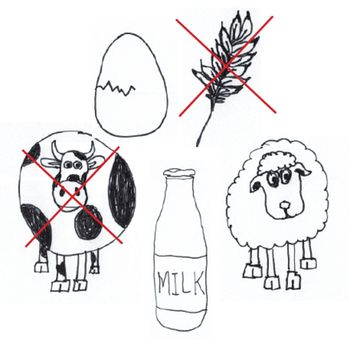
Suspect a food allergy? Run an elimination diet trial-and do it right!
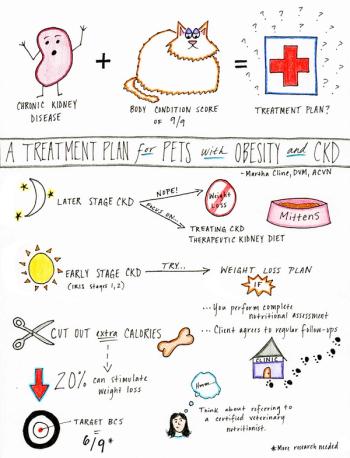
Veterinary nutrition expert Dr. Martha Cline brings clarity to this complicated comorbidity.

If youre a veterinarian curious about pet food formulations, good luck. Vetting companies and the people who design their diets is hard workand its not all in one place.

A review of the literature and an explanation of what is (and isnt) reasonable when it comes to making a treatment plan.

Medical issues, social factors and normal aging can all hamper a cats appetite. Heres what to do when a cat wont eat.
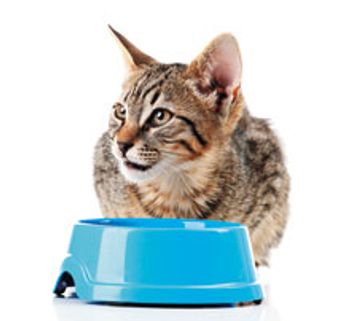
A group of veterinary experts in oncology met to discuss the innovative research, new technology, medical advances, and important collaborations occurring in pet cancer diagnostics and treatment, with a focus on the benefits for general practitioners, their clients, and patients.

Learn more about the group of veterinary experts in oncology who recently met to discuss the innovative research, new technology, medical advances, and important collaborations occurring in pet cancer diagnostics and treatment.

Recent study findings suggest NV-02, a feline anti-nerve growth factor antibody, could be used as a safe, long-term analgesic in cats with degenerative joint disease-related pain.
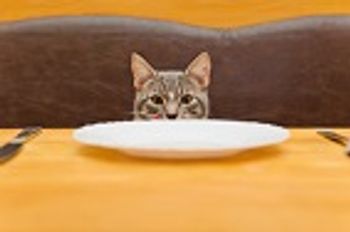
The study results could be applied to tests that can be utilized to create tests to help improve the palatability of veterinary pharmaceuticals for cats.

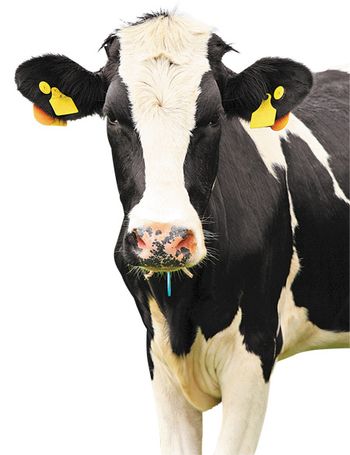
Antibiotics that are medically important to people will soon be off-limits for growth promotion in livestock. And after Jan. 1, DVMs will decide what's medically necessary in animal feeds and what's not.
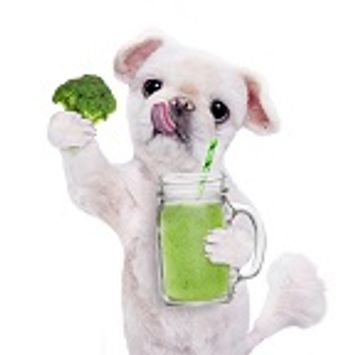
A new paper explores the nutritional adequacy of vegetarian diets for pets and how they compare to meat-based diets.
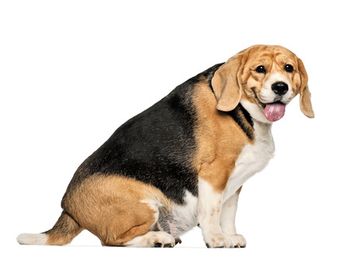
A pet obesity organization is asking U.S. veterinary hospitals to collect and send in pet weight information for the 10th Annual Pet Obesity Awareness Day survey Oct. 12.

Organic and clean eating trends may be good for human consumers but, raw food diets put both companion animals and their owners at risk for food-borne illnesses and nutritional deficiencies.

Obe aims to improve the health of dogs and cats, one perfectly portioned ProBowl of food and water at a time.

Ed Carlson, CVT, VTS (Nutrition), technician learning and development manager at Ethos Veterinary Health, stresses that pet owners need to know what they are feeding their pets before a vet visit.

Blue Buffalo, the pet food company known for its holistic dog and cat foods, has developed a line of veterinary-exclusive, all-natural therapeutic diets with added vitamins and minerals.

Ed Carlson, CVT, VTS (Nutrition), technician learning and development manager at Ethos Veterinary Health, explains how to create a complete and balanced pet diet within an owner’s price range.

Ed Carlson, CVT, VTS (Nutrition), technician learning and development manager at Ethos Veterinary Health, explains the importance of feeding pets a complete and balanced diet.

I scribbled down some good advice for practice managers and practice owners from a past Veterinary Economics article contest winner at a Kansas City practice manager association meeting.

Ed Carlson, CVT, VTS (Nutrition), technician learning and development manager at Ethos Veterinary Health, explains how grains such as corn can be beneficial for pets.

Ed Carlson, CVT, VTS (Nutrition), technician learning and development manager at Ethos Veterinary Health, explains common misconceptions regarding pet nutrition.

A look at the physiology of hunger and the role of ghrelin, dubbed the hunger hormone.

A new study looks at how veterinarians can comfortably step in to facilitate weight loss, borrowing from successful human programs to help.